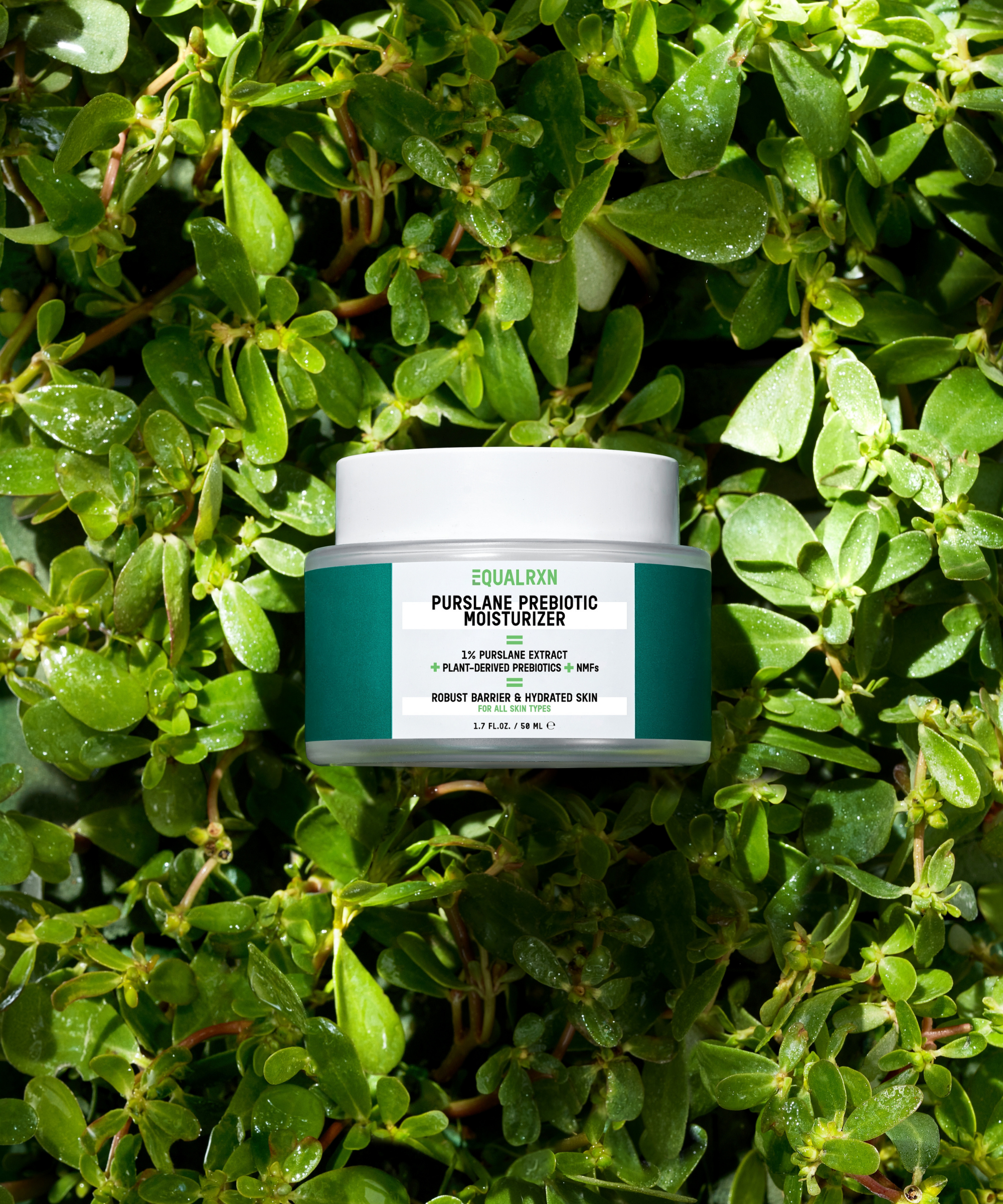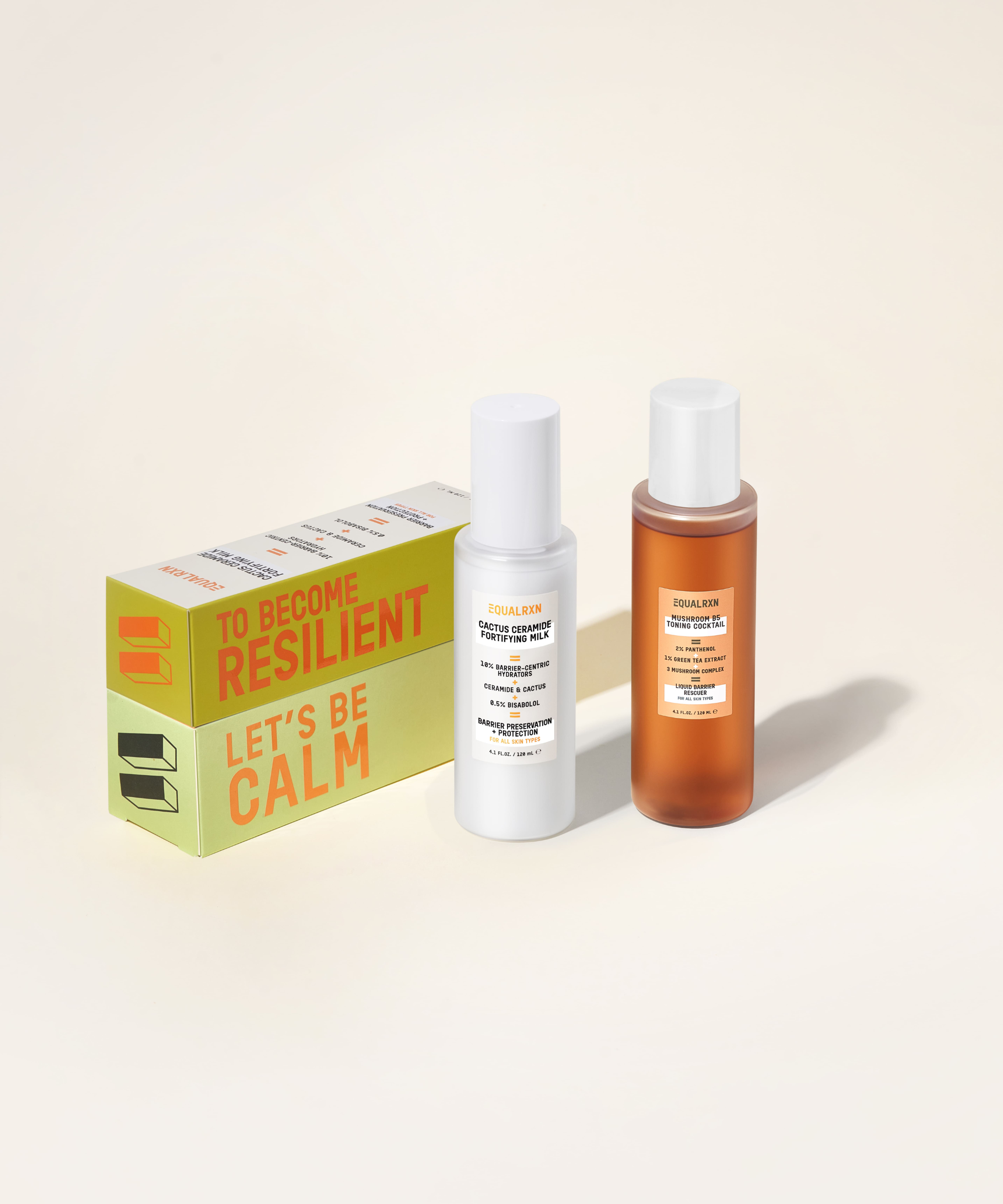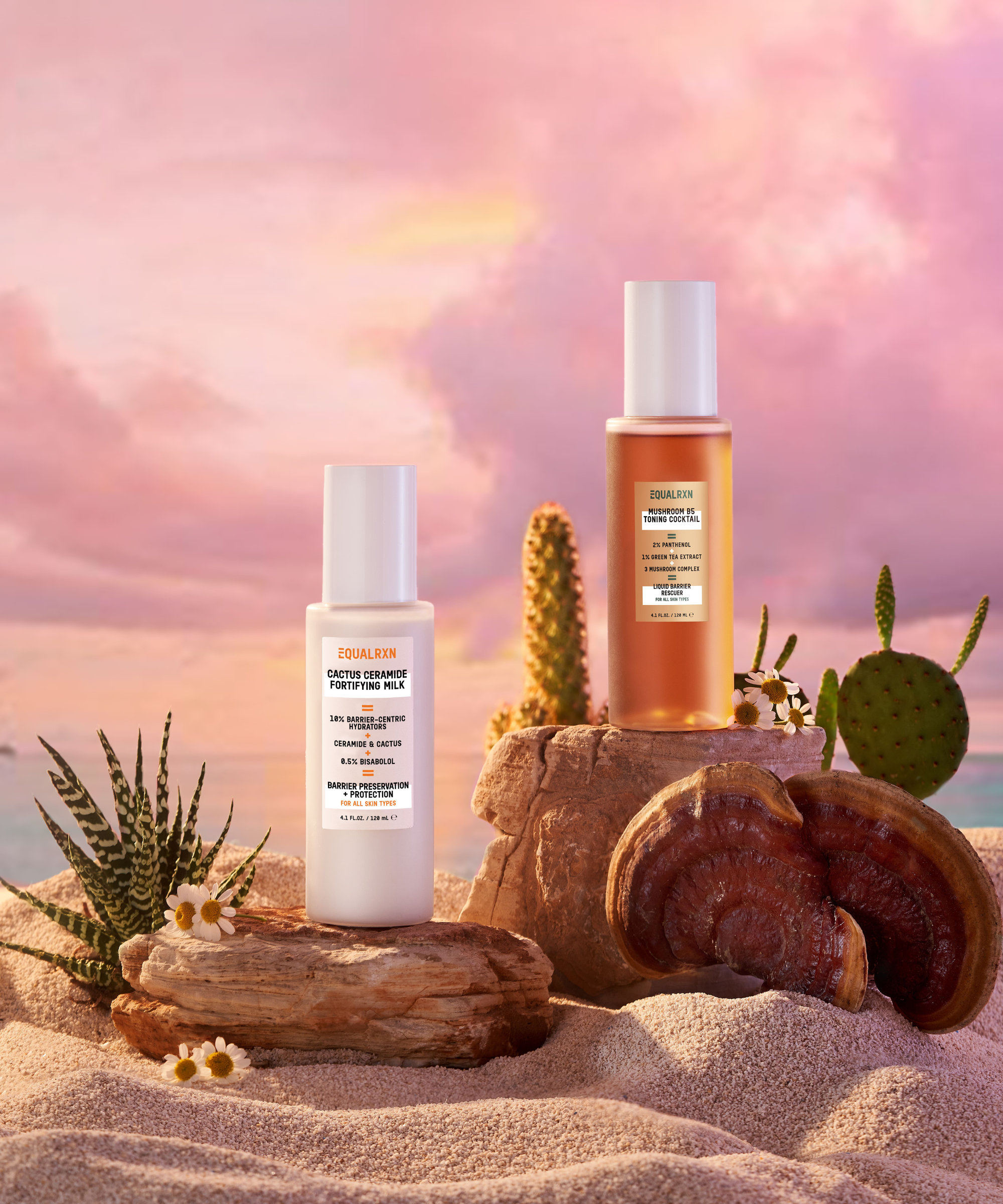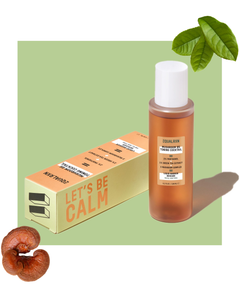So, you have been told by doctors, skincare influencers, brands, and experts about the dos and don’ts of mixing ingredients.
Mixing the right ingredients can boost the effects of your skincare products, but figuring out what ingredients can be paired together can be quite a headache. After all, there isn’t a “skincare mixology encyclopedia” that has complete guidelines about what ingredients should go together and what should be avoided.
This post is to teach you how to best pair any ingredients by a few simple rules.
The Common Myth
It is often said certain ingredients, such as retinoids and benzoyl peroxide (BPO) shouldn’t be mixed. It’s a common myth that BPO oxidates and degrades tretinoin and retinol. However, modern-day microsphere formulation of retinoids and BPO encapsulate both, preventing degradation.
A study combined 5% BPO and 0.05% tretinoin and found no degradation of tretinoin after 7 hours.

The Rules Of Mixing Ingredients
Marginal BenefitMixing AHAs with retinoids is ok, but the cons outweigh the pros. AHAs and Retinoids do similar things on the skin, which is to speed up desquamation, combining the two ingredients do not provide too many extra benefits, but could have a high chance of causing skin irritation. Mixing benzoyl peroxide and adapalene is a more gentle but still highly effective option for acne than mixing benzoyl peroxide and tretinoin.
When mixing ingredients, always compare the benefits and their downsides.
Targeting MechanismsUsing acne, for example, there are a few mechanisms behind drugs or skincare products that claim to reduce acne: remove dead skin cells, reduce inflammation, reduce bacterial count, some more advanced skincare players would include ingredients that help to reduce sebum production (ex. green tea) and or to help reduce hyperpigmentation (ex. vitamin C, niacinamide).
When combining ingredients, it's best to diversify products that target different mechanisms of acne, than to put all the eggs in one basket. Below is a routine that can work great for acne-prone skins based on the 5 mechanisms discussed above:
- Remove dead skin cells - A retinoid at night
- Reduce inflammation - A calming serum or moisturizer either in the morning or at night (Oat Milk PHA hint hint)
- Reduce bacterial/ microorganisms count - Benzoyl peroxide in the morning, A sulfur or an azelaic product with retinoid at night
- Sebum reduction - A toner that contains green tea
- Reducing hyperpigmentation - From the azelaic acid, or use a moisturizer or serum-containing niacinamide at night + SPF in the morning
pH
For some ingredients, their effect and stability are highly dependent on the pH of the formulation. However, when it comes to combining products and ingredients, the pH is not an issue. Apply the first product and wait for it to dry on the skin before applying the second one.
Texture
Apply skincare product based on the viscosity and water-affinity. A thicker and emulsion or oil-based formula can be occlusive to the skin and prevent a water-based formula from penetrating the skin effectively.
















Leave a comment